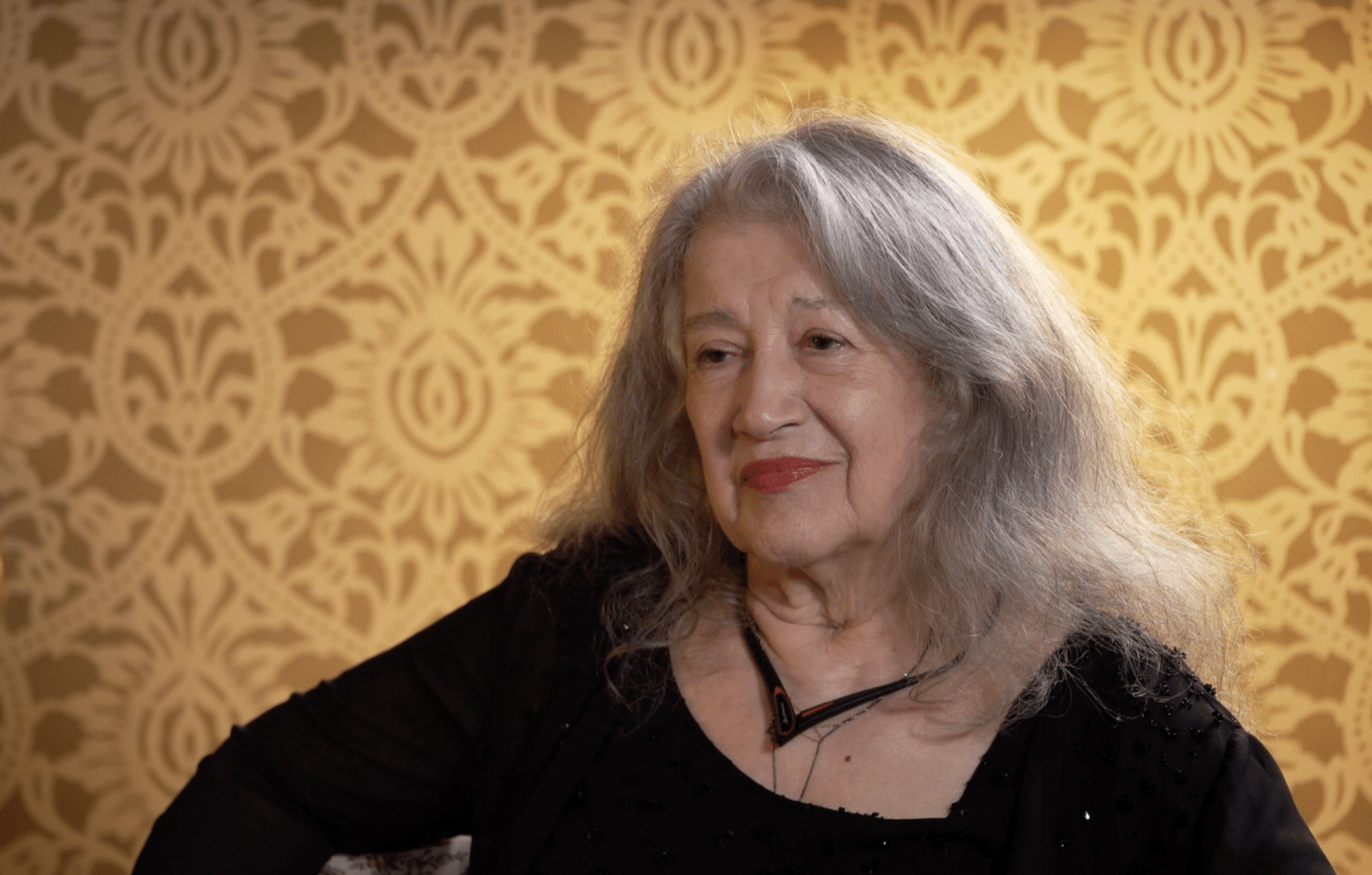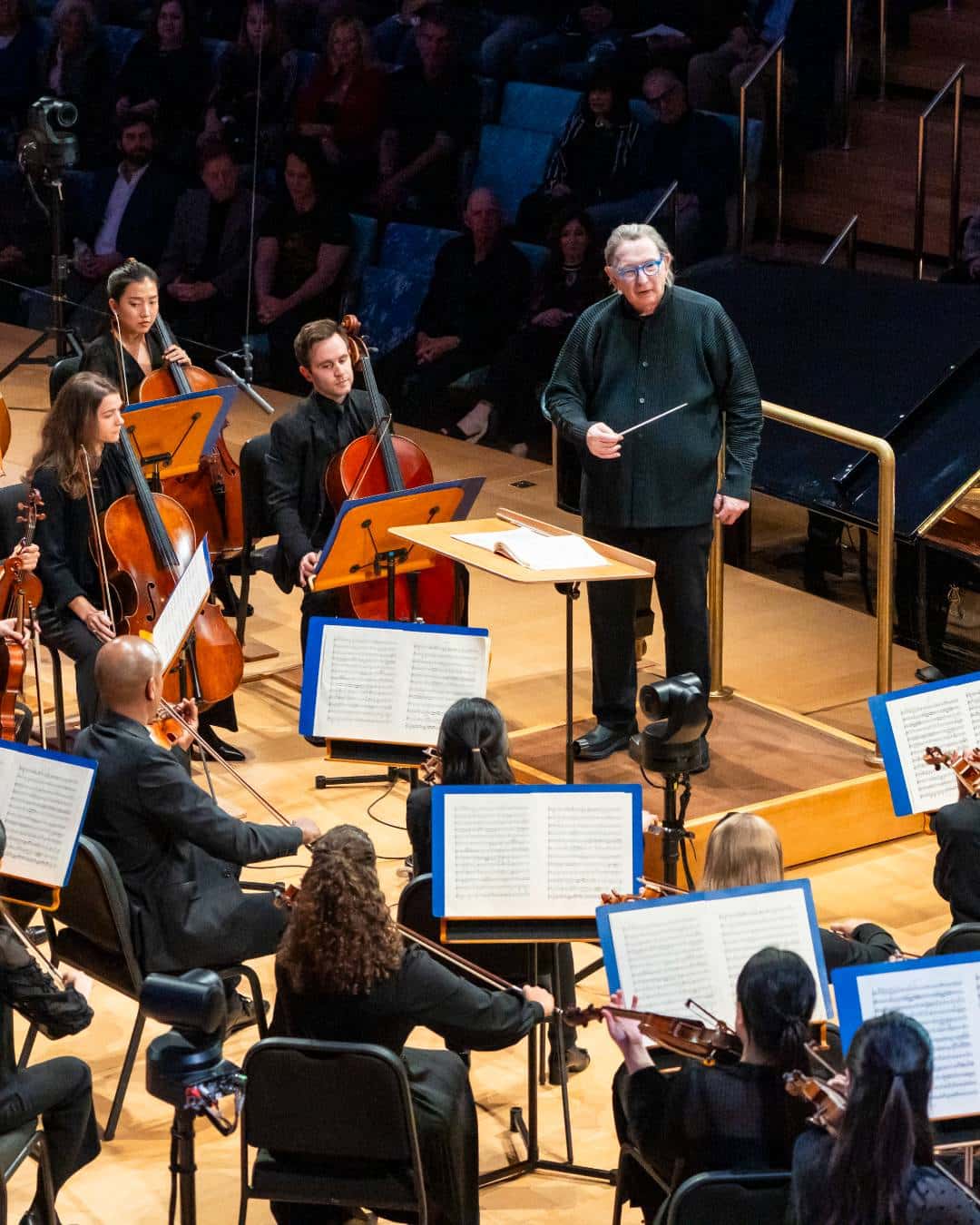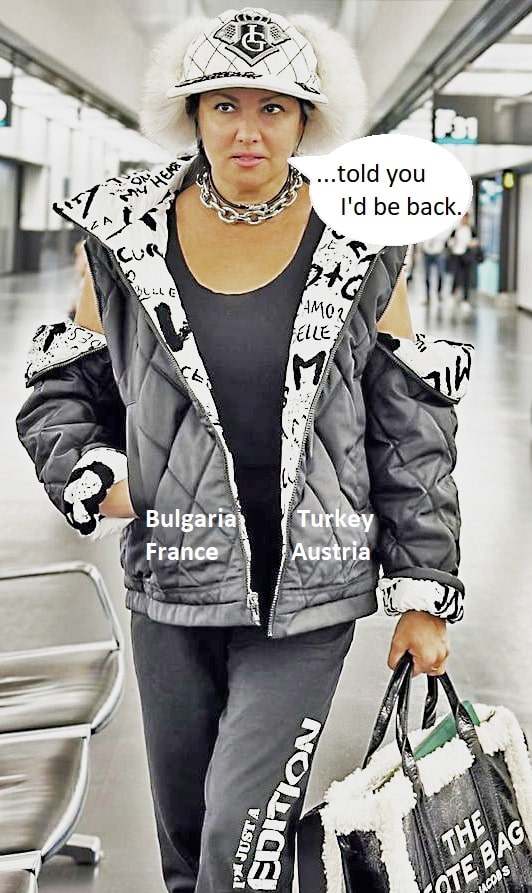Alastair Macaulay: Sarasota outdances Royal Ballet in Ashton
balletFrederick Ashton, from Sarasota 2024.iv.05
by Alastair Macaulay
Since choreography presents dance in terms of time and space, its greatest achievements make us feels time and space as never before. Frederick Ashton (1904-1988), founder choreographer of the Royal Ballet at Covent Garden, did this again and again throughout his long career – in ways that still surpass any other British choreographer and in ways only matched by his contemporaries George Balanchine (1904-1983) and Merce Cunningham (1919-2009).
This month, the Covent Garden opera house presents a three-week “Ashton Celebrated” season (June 4-22), but it’s not the Royal Ballet’s programmes in the main opera house that are most remarkable. Downstairs in the Linbury Studio Theatre this week, the Sarasota Ballet (from Florida – the only ballet company on the Gulf of Mexico) is presenting Ashton rarities, starting with a startlingly varied programme of “Valses nobles et sentimentales” (Ravel, 1947), “Dante Sonata” (Liszt, 1940), and “Sinfonietta” (Williamson, 1967).
Each is strikingly expressive in contrasting ways, but, above all, each makes the space-time connection imaginatively important, with music, in each case, as the lifeblood that makes spatial and bodily connections thrillingly important. And, although Balanchine is usually given the Most Musical Choreographer prize – he and Ashton admired each other – this programme also suggests that Ashton was the most musical of choreographers, above all in his unmatched through-the-body responsiveness to musical harmony. Too bad that the Sarasota company has to used taped music (at home in Florida, it usually employs live musicians); but its performances are far from taped.
The programme’s knockout moment is easy to miss: the quiet, time-suspended diminuendo ending of “Valses nobles et sentimentales”, which Ashton staged as a multi-dimensional magic-lantern drama of multiple projections. The whole ballet is designed and dressed in various shades of plum (the designer Sophie Fedorovitch was one of Ashton’s two closest friends and artistic colleagues, the other being the master-musician Constant Lambert). The stage is boxed by three translucent screens. As the ballet ends, three kneeling women trace large arcs with their arms, each facing a different screen, while (as if those three screens were magnifying glasses) the other seven dancers, on the peripheries of the stage, move in much vaster arcs, as if conjured by those kneeling women. This is three-dimensional choreography, aimed simultaneously and polygeometrically in three different directions: a bewildering, fabulous, dreamlike masterstroke that we have too little time to absorb.
“Valses nobles et sentimentales” is a romantic kaleidoscope of top-drawer choreography: Ashton keeps changing the onstage arithmetic (one woman with two men; another woman with four men; four women and four men; and more) while making the stage space itself vibrant with dynamic contrasts, high-arching slow lifts, rapid footwork, and gorgeous effects of rich épaulement. With Ashton, a ninety-degree twist of the shoulders on the vertical axis of the spine (épaulement means shouldering) becomes richly textured, and often an echo of the harmonic tensions in the score.
Ashton revived “Valses nobles et sentimentales” in 1987, eighteen months before his death – but, since his death, neither branch of the Royal Ballet has bothered reviving it. For the Sarasota Ballet, by contrast, it’s one of literally dozens of Ashton ballets that have brought superlative poetry to the Gulf of Mexico. The company dances such mainstream Ashton classics as “Les Patineurs,” “Symphonic Variations,” and “La Fille mal gardée,” but it also invests in Ashton ballets that have elsewhere been neglected.
“Dante Sonata,” made in the opening months of the Second World War, was Ashton’s sole venture into expressionistic choreography. (Kenneth MacMillan, who inherited that expressionistic tendency along with much else from Ashton, even used its most controversial device, the Calvary effect of vertical crucifixions, which he, MacMillan, used to less effect in “Gloria”.) The “Dante” warfare between Children of Light and Children of Darkness – both barefoot, the women with loose hair – is often melodramatic (with immature suggestions that, while the Light people have love, the Dark ones have sex), but is also staged with such complexity that the onstage conflict becomes one of forces within ourselves. It needs to be danced with exceptional fervour if it is not to become embarrassing. Very remarkably, the Sarasota dancers supplied that fervour. One rapidly running solo for one woman (originally Pamela May, one of Ashton’s favourite dancers) who, as she runs, pumps her upper torso and head forwards and back, as if helplessly wracked by unknown grief makes a particularly piercing impression.
In “Sinfonietta,” Ashton, tackling a minor musical composition, by the composer Malcolm Williamson, makes a marvellously vivid case for it. The first movement comes close to the jerky-marionette idiom often favoured by MacMillan in his pure-dance ballets, but the amazingly full-bodied vigour it demands of its dancers from head to toe packs a terrific punch. Then the lunar central section, in which a ballerina is partnered (often aloft) by five men, is a marvel. It would be enough just to watch the changing shapes and lines of the ballerina, but Ashton also supplies rivetingly three-dimensional phrases for the supporting men, as when two of them, on one side of the stage and facing in opposite directions, alternate in stretching one leg back into high arabesque penchée: we’re watching divine acrobatics in outer space. When the music changes, the ballerina (a role created for Doreen Wells, who was present at Tuesday’s Linbury performance) does a series of supported pirouettes that each explode dynamically into a different position, transforming the space around her and the ballet’s sense of time.
Let me not overpraise the Sarasota achievement. A few of its dancers use excessive facial expressions (one man in “Valses nobles” tried to signal Poignant Motivation over a minor change of female partner). Many of its women employ visibly darned blocks to their point shoes (the effect is one of both truncation and fraying). But these three ballets are pulsatingly immediate.
A year ago, the Royal Ballet at Covent Garden (which also indulges the same face and point-shoe problems) danced multiple performances of Ashton’s three-act “Cinderella,” a poetic classic that became, as that company delivered it, dismayingly dead at each performance. By contrast, little Sarasota Ballet, taking three ballets in which British companies lost faith decades ago, show how alive Ashton still can be.






Comments